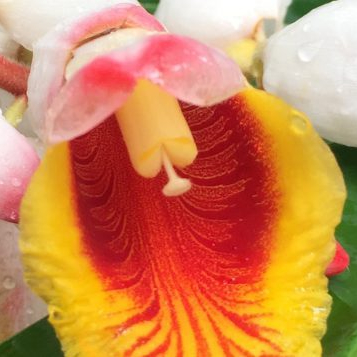“Welcome to the jungle.”
So I said to my husband when we found ourselves in St Petersburg, FL in 2011, after 20 years in Seattle.
Don’t get me wrong. While among the most benign ecosystems in the world, the Pacific NW still has its share of plants and insects that can put a hurtin’ on ya. Still, despite the time I found sea otters in the hot tub, Seattle couldn’t prepare me for Florida, or as I like to call it, “Australia of the Northern Hemisphere.”
I was an amateur herbalist in the Pacific NW ecosystem. If civilization failed and we had to colonize the Hoh Rainforest, I could point out what was food, what was medicine, and what would kill you. Florida? As far as I could tell, all of nature wanted us dead.
So I set out to learn as much about the plants and animals of Central Gulf Coast Florida as I knew about the Pacific NW.
Today I can say I know a fair amount about this very special ecosystem that bounces among extremes of drought, monsoon, heat, humidity, and the occasional near-freeze. I’m a volunteer docent at Sunken Gardens (you should visit), I can pick out some wild things that you can eat and what you can cultivate for food and health, and I can identify a good many poisonous plants. I pay attention to plants that benefit pollinators and wildlife, regardless of whether they’re cultivars or termed “weeds.”
My own quarter acre near downtown St Pete, a sun-blasted wasteland when I acquired it, is very much a work at the edge of progress.
So, here is my offer to share my journey with you — along with the database I’m amassing on resources and the plants, insects, and animals of Central Gulf Coast Florida. I hope you find it useful and interesting in your own journey of creating a garden that is healthful, edible, and beautiful and also benefits the animals and supports the environment of this very special place.
Love,
Nettle
